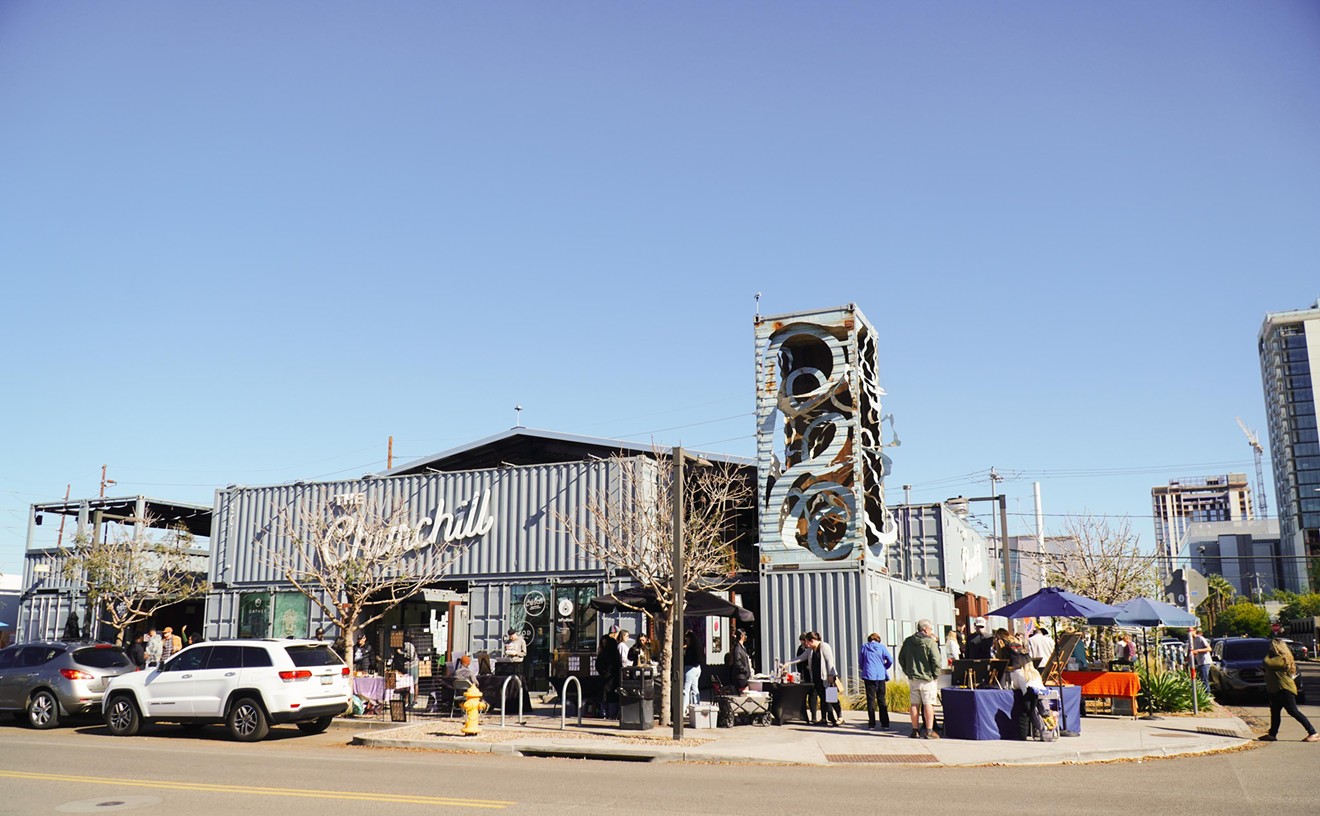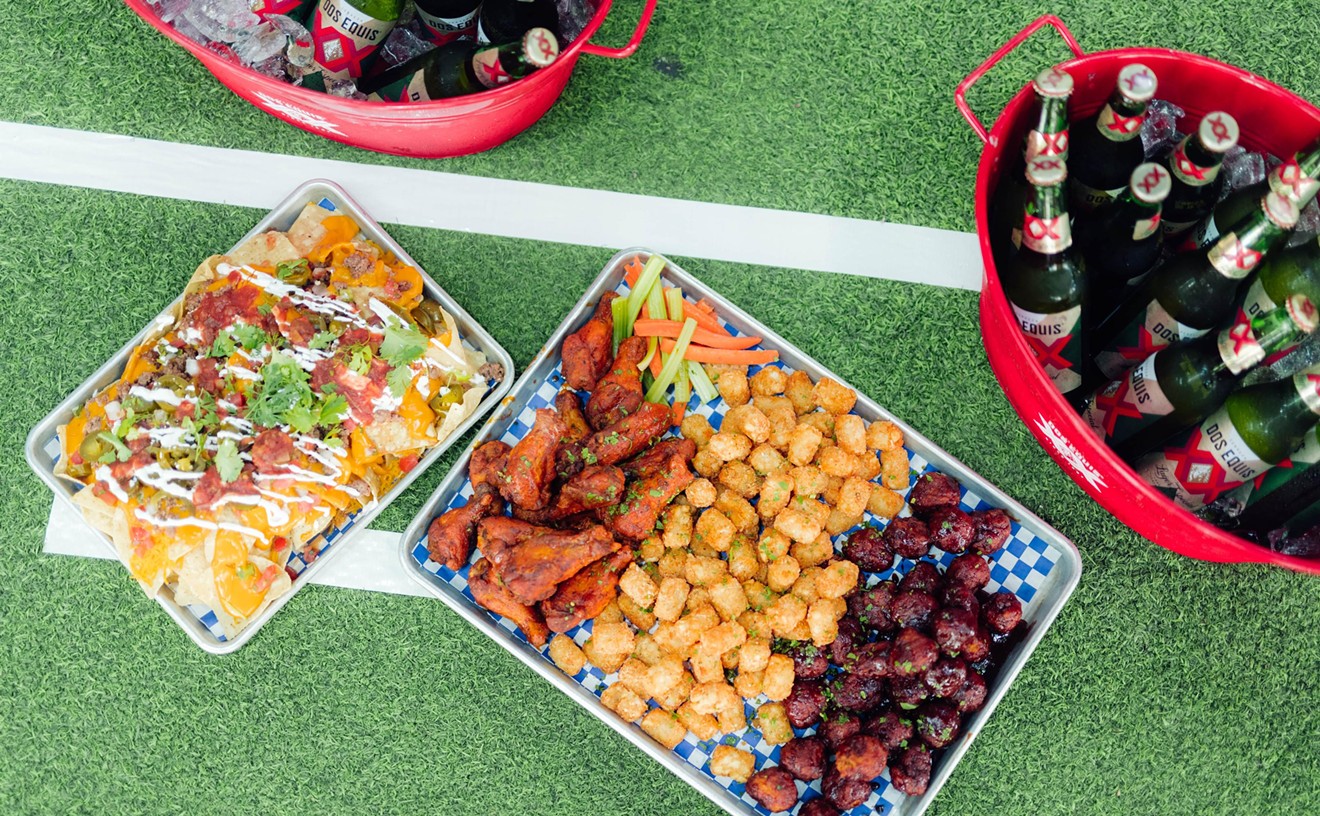I remember, distinctly, the first coffee I ever tasted. At that point, I'd probably drunk a thousand cups of coffee and made about a million more than that for other people. But the first one I ever really tasted was from Ethiopia. It was reminiscent of warm blueberry syrup, delectably sweet, clean, and malty. Prior to that extra special cup, coffee was the bitter black stuff that made all that fur poke out from my dad's collar. It was something you drank because you had to, not because it was particularly enjoyable.
See also: Steve Kraus of Press Coffee Roastery Takes Us Through a Coffee "Cupping"
That coffee was on the table at my first ever coffee cupping. For those of you who aren't familiar with this term, it's essentially the coffee world's answer to a wine tasting. Cuppings occur at every stage of the specialty coffee chain; farmers use them to check on their crops, importers and quality committees use them to determine pricing, roasters use them to test roast profiles, baristas use them to get a feel for a coffee's personality.
A few days ago I had the pleasure of cupping coffees at Press Coffee's South Phoenix Roastery. Press gives anyone who is interested in learning more about coffee the opportunity to explore their offerings with a few of the folks who are intimately involved with selecting and roasting them.
There are so many tiny things that can influence a coffee's expression in the cup -- soil and weather conditions, elevation, processing (the method by which the fruit part of the coffee cherry is removed from the seed part that we call a coffee bean), and roast level, to name a few. It's important to note that no two coffees are alike; even beans from the same tree can change dramatically from year to year. Coffee genetics, organic acid composition, and the chemical makeup of the dirt the plant takes roots in all contribute to the way the drink tastes. These factors vary from plant to plant, from place to place. Terroir is as essential a concept in coffee as it is in wine.
Two coffees stood out at the Press cupping. These offerings were dramatically different from one another, and helped illustrate how that sense of place can shape the way a coffee tastes.
The first coffee to note, and my personal favorite on the table, was from the Rushashi region of Rwanda. It had a slick mouthfeel, bore a tropical fruit sweetness, and had a slightly musky aromatic quality (think ripe guava fruit).
This coffee was produced at a high elevation. At higher elevations, dramatic temperature differences between day and night stress out the coffee plant - in a good way. Plants store extra compound sugars for food when they are subjected to a bit of environmental pressure. These sugars are broken down during the roast process into the organic acids that influence a coffee's flavor profile.
Head roaster Nanda made excellent choices when roasting this coffee; the profile was light enough to preserve a lot of the coffee's sweet, intensely aromatic qualities, but developed enough to tame its innate acidity. The resultant cup was clean, sweet, and vibrant.
At the opposite end of the flavor spectrum was an intriguing coffee from Sumatra. This coffee speaks more to the tradition of coffee production in certain areas than to the actual chemical factors involved in growing it. This cup's full body, subtle earthiness, and watermelon-like sweetness were likely influenced by the way the coffee cherries were processed and produced.
This coffee was produced in a region known for growing multiple coffee cultivars (or subspecies) in close proximity to one another. These plants cross-pollinate, and produce unique hybrid plants with distinctive flavor profiles.
As I mentioned earlier, coffee "beans" are actually the seeds of the coffee fruit (or "cherry"). The seeds are surrounded by sugary flesh and an outer skin that coffee folk refer to as "parchment." In order to get to the goods, we have to get to the seeds out from their fruity shell. In order to roast the coffee, we need to also remove most or all of the parchment. The beans are also sticky and wet when they are removed - so we have to figure out a way to dry them. The choices that are made when it comes to flesh and parchment removal and drying have an unbelievable influence on the way a coffee tastes.
There is a lot of nuance between different processing methods. If a coffee is "fully washed," it means that the seed was removed from the fruit and the parchment, soaked in water to remove any mucilage, and then dried. Washed coffees tend to be very clean in character and less full-bodied. If a coffee is "fully natural," it means that the seed and the fruit were allowed to dry together, then the seed was removed from what is essentially a coffee raisin. This process is pretty risky and prone to defects caused by mold growth and fermentation. At their best, natural processed coffees are sweet, maybe slightly earthy, and distinctly full-bodied. At their worst, they taste like dirt or Night Train.
This particular coffee from Sumatra is semi-washed in a process unique to this particular region of Sumatra. This means it falls somewhere between these two methods: the fruit was removed, but the bean was allowed to dry with the parchment on. This process likely helped give this particular coffee its richness and depth, subtle earthiness, and distinct sweetness.
Check out Press Coffee's website for more information about these coffees and how to cup them firsthand.










